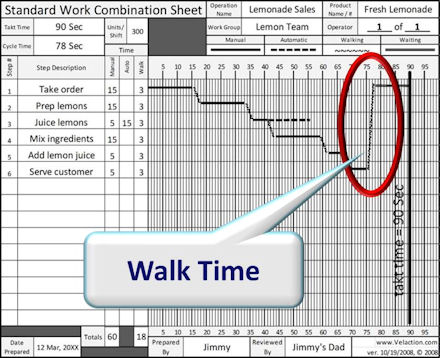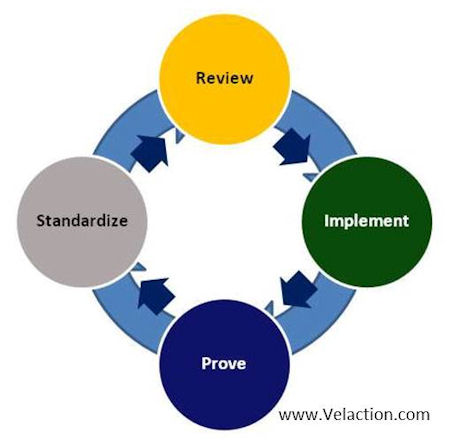POLL: What is the source of improvement activity in your company?
POLL QUESTION: What is the source of improvement activity in your company?
For most companies, the pull for improvement activity and the source of ideas comes from a variety of sources. As a company becomes more sophisticated, Lean efforts originate from an increasingly diverse range of systems and stakeholders.
From the list below, please check all the sources that act as meaningful originators of improvement activity in your company. Please do not check a block if the source only contributes on rare occasions or if it provides ideas without resolution.



